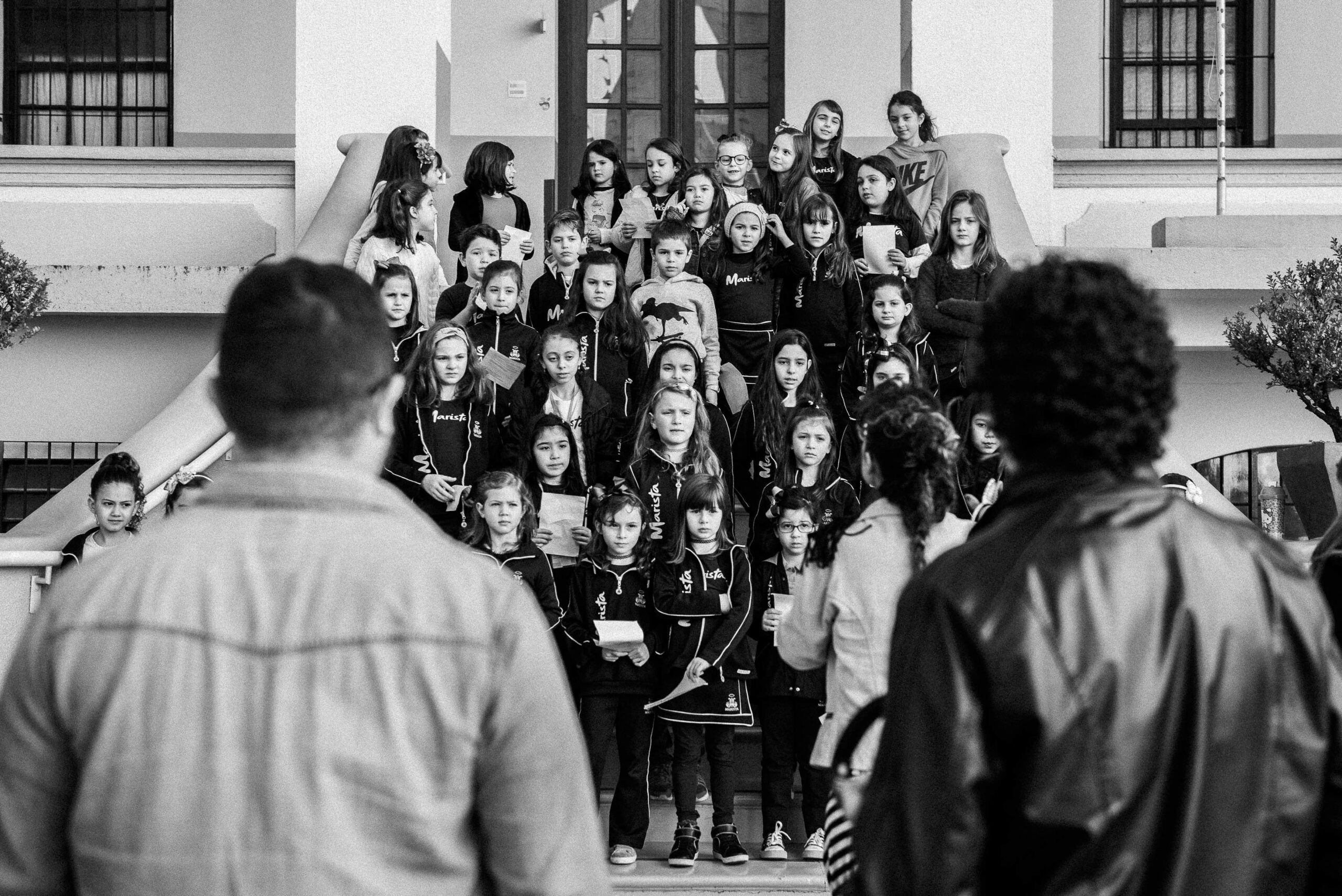
Abstract
The process of creating the sound identity for Marista School, a centennial teaching network present all over Brazil, was fundamentally based on research and on the user experience. We were immersed into the students universe and added the day by day sounds on the brand values, transforming, this way, into a new communication.
Description
How to translate into sound the values of a Catholic school over 100 years old? How to attract parents who are concerned with the professional future of their children? How to prove a brand to be modern and innovative? How to give young people voice without losing traditional essence? Our methodology for this sound branding construction is based on a classic design process, which is inclusive, participative and user centered. Our purpose was to design sound interface that integrates the brand archetypes to the users’ context.
So, to understand features of youngsters’ behavior in order to create sound identity that would transmit answers to questions, we immersed ourselves in field research within Colegios Maristas. We listened to students, parents, teachers and collaborators to understand musical references and observe the interaction of sound landscape being transformed through different profiles of students daily. We took notice that there was no connection between Marista’s features and communication behavioral patterns in the schools. Without such cultural connection to the brand, outside audience could not recognize values ( receptiveness, attitude, joy and contemporaneity) and would see it as retrograde and assistive.
We understood our job would only be effective if done in collaboration with the marketing agency, school associates and users. We influenced this cocreation of what is heard and seen through what is felt and practiced. As a way of expression from students, body language and groups show what they desire. Singing and dancing go along, drumming and noise add up to laughing and shouting are the life of the place. From the sound research, we brought day by day elements and built instruments, identified musical styles within this universe and created solid musical identity amid this diversity of references.
As part of the process, we realized the students’ participation would be fundamental. So they sang the chorus as one and played percussive instruments. At last, we gathered singers that personified such process and unfolded the song for 3 different school levels, with their sound profiles: from pre-school to teenagers. Throughout the process, we made tests to monitor the public reaction to the brand song and we identified that the objective of bringing Marista values to the project was fulfilled:
- Attitude: students participation in building and playing the instruments.
- Joy: the lyrics and the atmosphere that represents the song.– Receptiveness: diversity in style and elements (rap, pop, and the juvenile chorus in the same environment).
- Contemporaneity: the proximity from the song and the sound references consumed nowadays.
We created sound identity that differs from competition through unique elements and which is recognized by the target public as the song that best represent the essence of the brand.





